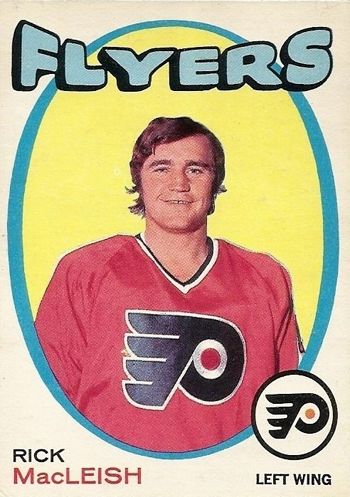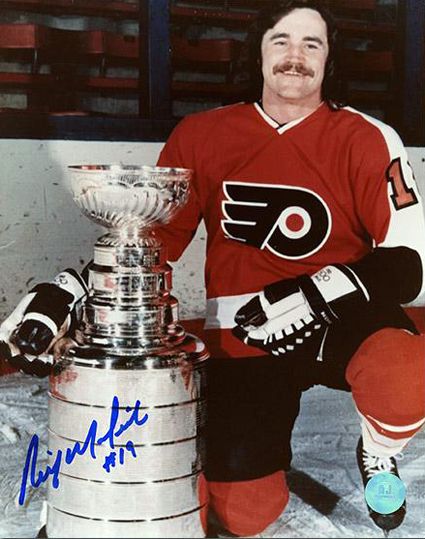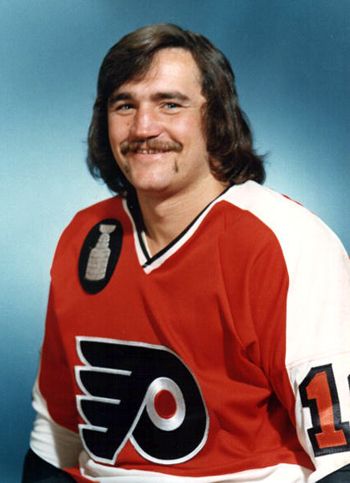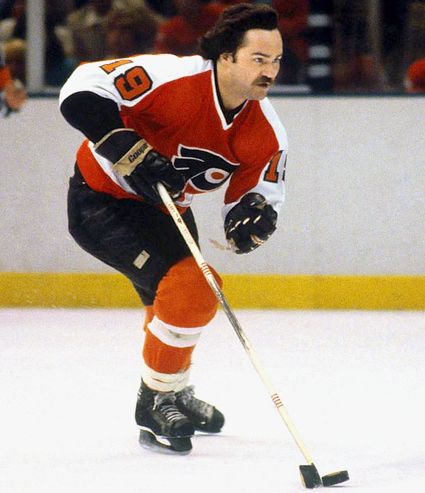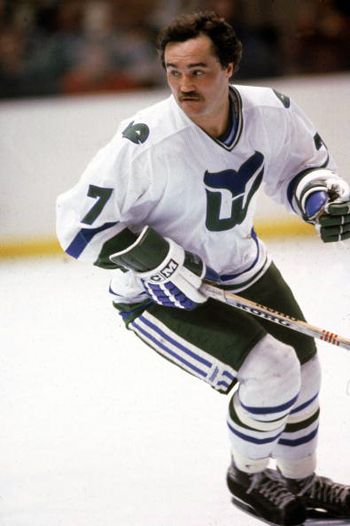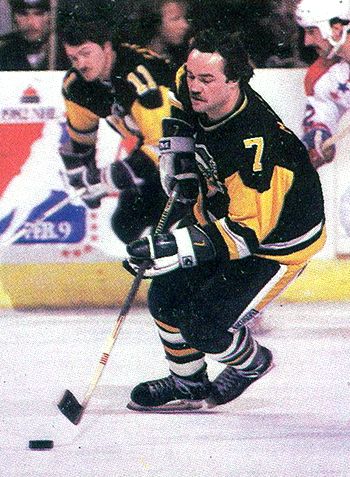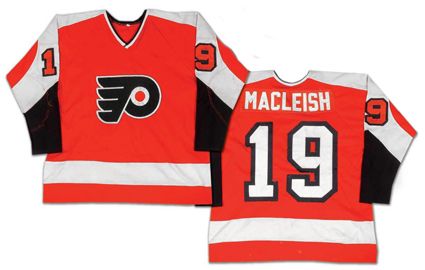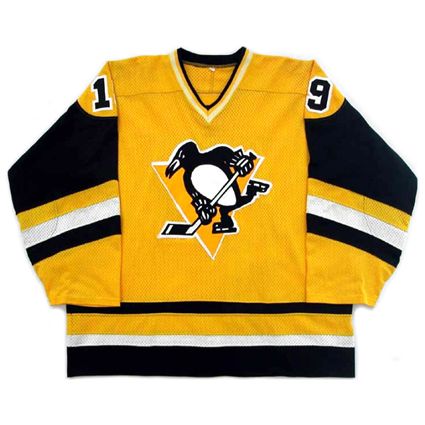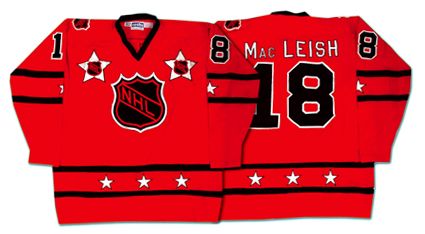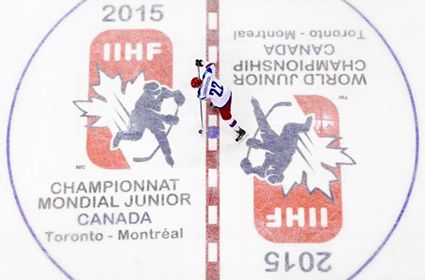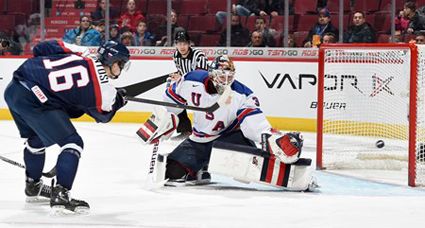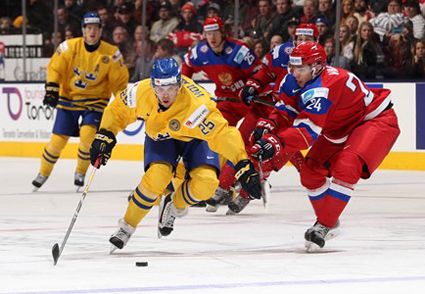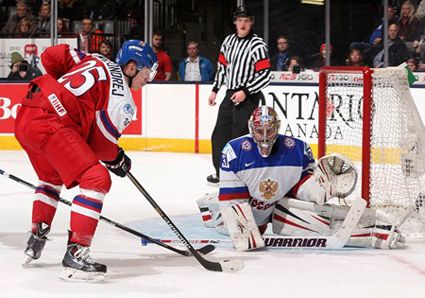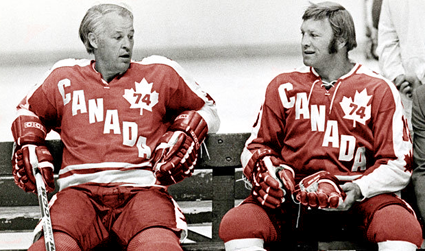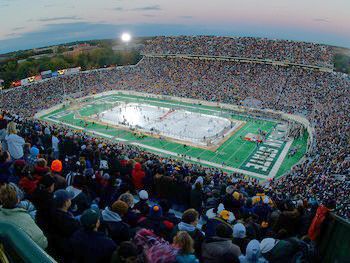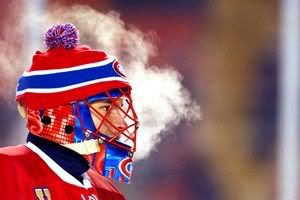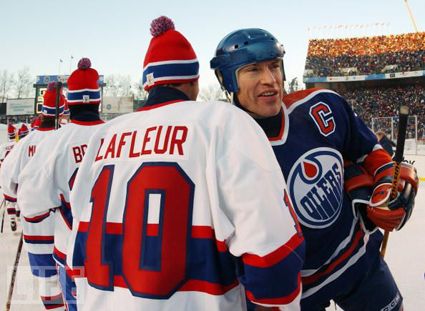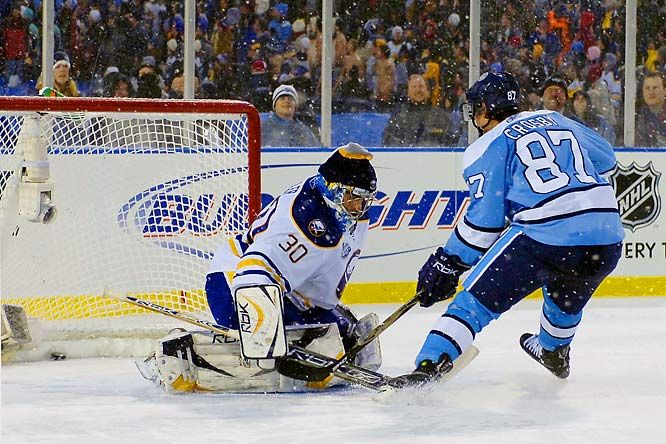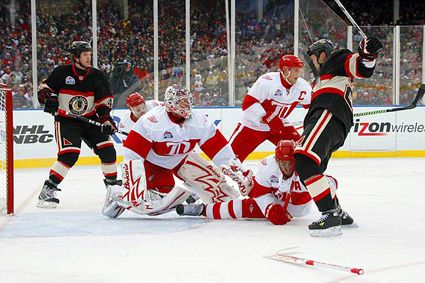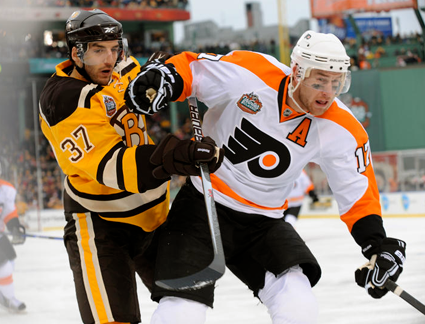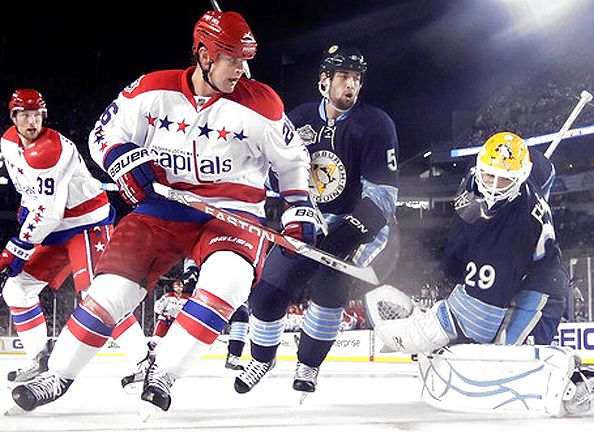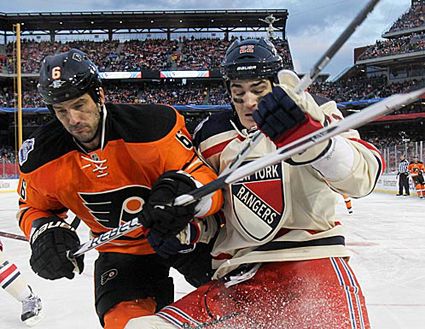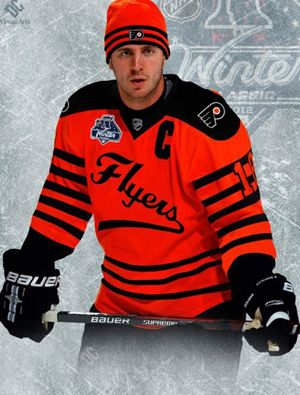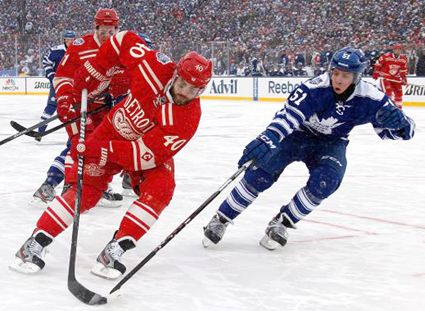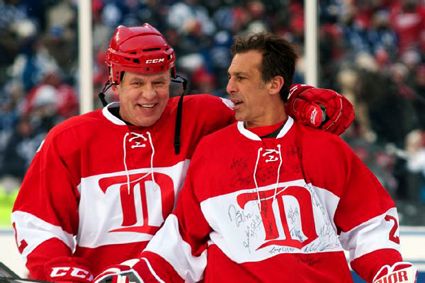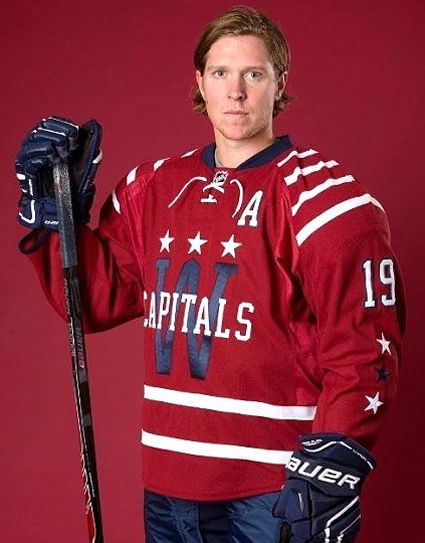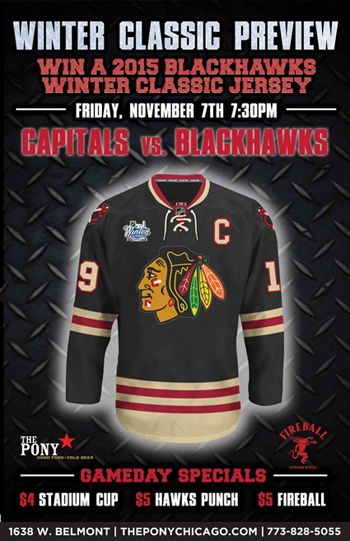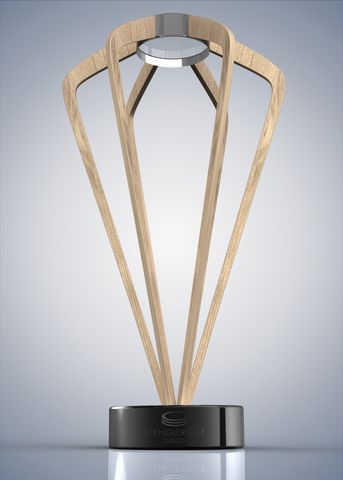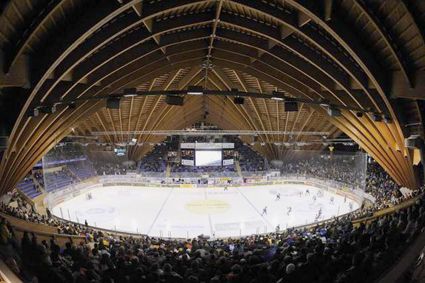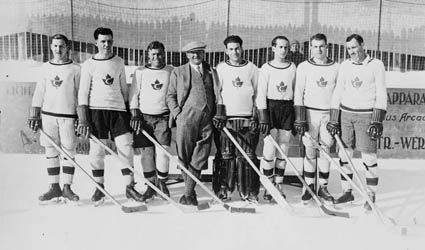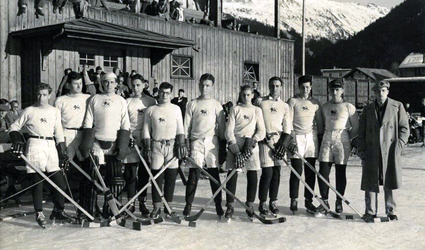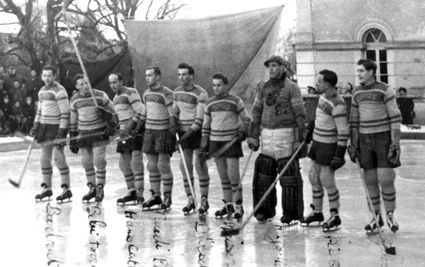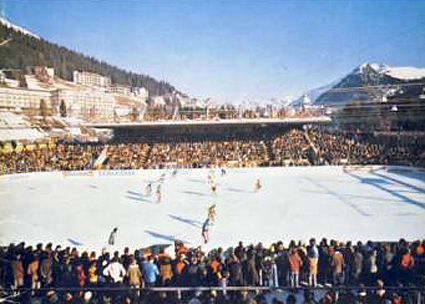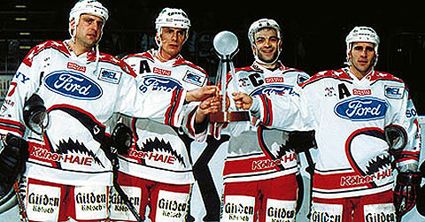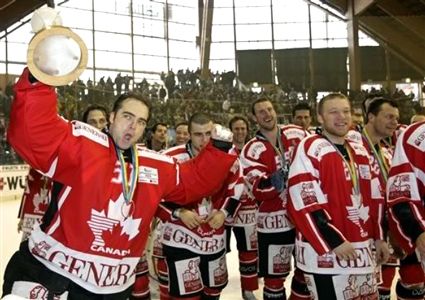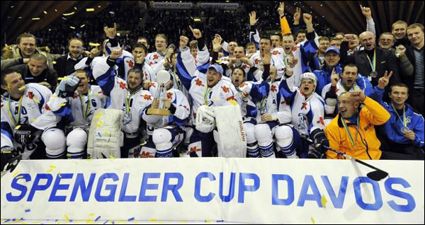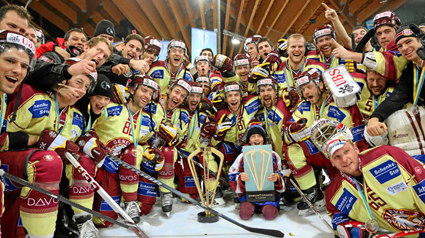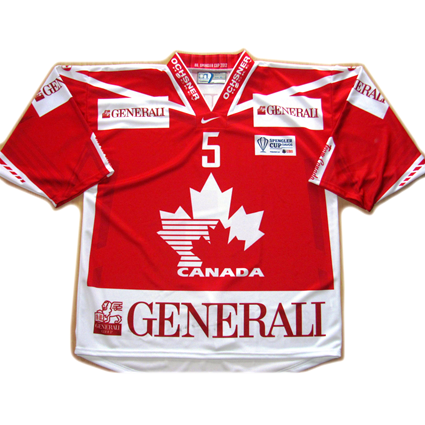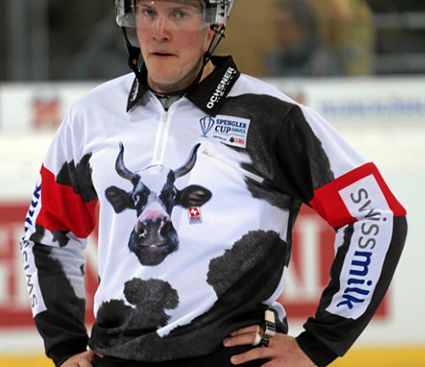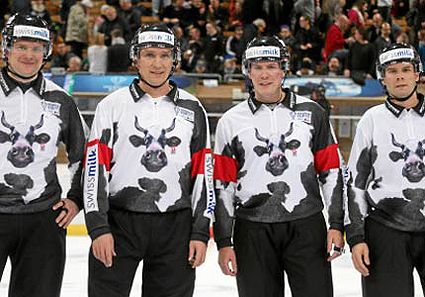He was drafted #4 overall by the Boston Bruins in the 1970 Amateur Draft and was assigned to Oklahoma City of the Central Hockey League for the 970-71 season. After 46 games with the Blazers, MacLeish was involved in a complex three team trade which sent himself, two other players and a first round draft pick to the Philadelphia Flyers, Bernie Parent and a second round pick to the Toronto Maple Leafs and Mike Walton to the Bruins.
Philadelphia immediately inserted MacLeish into it's lineup, but the transition to the NHL was not a smooth one to begin with, as he managed just 2 goals and 6 points in 26 games.
For the 1971-72 season he again failed to impress with just 3 points and a single goal in 17 games and ended up spending the majority of the season with the Richmond Robins of the American Hockey League, where he regained his scoring touch with 24 goals in 24 games.
Going into the 1972-73 season with 3 goals in 43 NHL games, no one saw what came next, as MacLeish shocked the league by becoming the first Flyer to ever score 50 goals in a season, and combined with his 50 assists, his 100 points saw him finish fourth in the league scoring race that season. The Flyers were also improving as a team at the time, and qualified for the postseason, with MacLeish adding another 7 points in 10 playoff games, earning valuable experience for what was to come next.
While he came back down to Earth with 32 goals and 77 points, the Flyers battled their way through the playoffs, with MacLeish leading all Flyers scorers with 13 goals and 22 points in 17 games as Philadelphia became the first of the 1967 expansion clubs to win the Stanley Cup.
After he scored a similar 38 goals and 79 points in 1974-75, the Flyers repeated as Stanley Cup champions as MacLeish again led the team in scoring during their run to the title with 11 goals and 20 points in 17 games. Of note, the 1975 Flyers were the last team to ever win the Stanley Cup with a roster made entirely of Canadian-born players.
so it was never worn during a regular season game
His 1975-76 season was cut short my injury, which limited him to 51 games with 45 points scored, but he rebounded with a 79 game campaign in 1976-77 to lead the team with 97 points (the second highest of his NHL career), narrowly missing a second 50 goal season with 49.
MacLeish would play four more solid seasons with the Flyers, but with a change in focus to a two-way player with less emphasis on scoring. This era of his career was highlighted by the Flyers 35 game unbeaten streak in 1979-80, a trip to the Stanley Cup Final later that same season and a 38 goal, 74 point season in 1980-81, his last in Philadelphia.
It was during this period that he would also suffer a frightening incident when he slid into the skate of the Los Angeles Kings Marcel Dionne, which resulted in a cut to his neck which required 80 stitches. He returned to the ice several days later with his sense of humor intact, claiming that he smoked a cigarette in the locker room afterwards and that smoke came out of his neck!
During the summer of 1981, MacLeish was traded by the Flyers to the Hartford Whalers, where he would play 34 games in just three months before another trade in late December/
That trade sent him back to Pennsylvania, only this time to the Pittsburgh Penguins for the remainder of the 1981-82 season, where he would total 13 goals in 40 games.
His 1982-83 season was limited to just 6 games with the Penguins and, unusually, a single game with EHC Kloten of the Swiss National League!
He would return to the NHL in 1983-84, singing with Philadelphia as a free agent, but after scoring 22 points in 29 games, MacLeish was traded to the Detroit Red Wings for the final 25 games of his career.
His final NHL totals were 846 games played, 349 goals and 410 assists for 759 points. He also played in the 1976, 1977 and 1980 NHL All-Star Games and won two Stanley Cups.
Today's featured jersey is a 1979-80 Philadelphia Flyers Rick MacLeish jersey as worn the season the Flyers went on their 35 game unbeaten rampage through the NHL. The Flyers inaugural 1967-68 jerseys only had one color numbers and very small sleeve numbers. The back numbers were given black outlines in 1970. Names arrived on the home jerseys in 1972 and on the roads in 1977.
For 1978-79, the profile of the coloring that ran down the length of the arms was widened so the sleeve numbers now fit entirely within the arm striping, where previously it overlapped into the main body color areas.
In the Flyers notorious game against the Soviet Red Army in 1976, MacLeish scores a pretty goal against Vladislav Tretiak.
Finally, MacLeish scores the cup winning goal in the 1974 Stanley Cup Final to give the Flyers their first championship.

